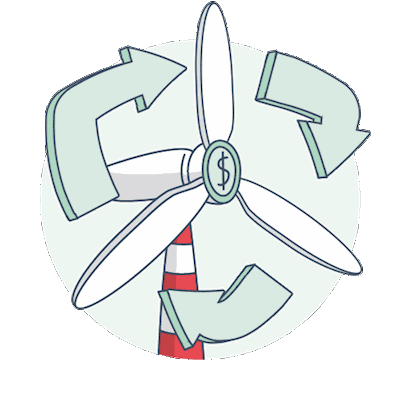You are using an outdated browser. Please upgrade your browser to improve your experience.
Article | 30 May 2023 | ESG

Global air traffic is recovering fast
A prominent indicator of the post-pandemic normalisation following wide ranging shutdowns during Covid has been the recovery in air passenger traffic. Despite a backdrop of economic and geopolitical uncertainties, as well as lower disposable incomes in developed markets, March 2023 global air traffic measured in revenue passenger kilometres (RPKs) had recovered to 88% of the March 2019 pre-pandemic equivalent.
The improvement in Asia was particularly noteworthy, with RPK there rising by 159%. This region accounts for 50% of all available airline seats globally. Airline leasing company Avolon sees a rebound to 2019 levels of global traffic by mid-June 2023, a year ahead of many recent predictions. While 'staycations' and online business meetings became more popular during the pandemic and are at levels much higher than in 2019, this is being offset by 'revenge travel', as people look to recover lost business opportunities and leisure experiences.
Aviation is a small (2.5%) contributor to global CO2 emissions. It is dwarfed by the more than 10% emitted by road transport but is more high profile. Proportionally this segment is not increasing, but in absolute terms emissions have doubled since the mid-1980s. Demand for air travel is expected to continue outpacing moves to decarbonise the industry for the foreseeable future. As one indicator of this demand, plane manufacturer Boeing reported in 2017 that less than 20% of the world's population had ever taken a flight.
While domestic aviation is part of a government's carbon emissions and is thus subject to verifiable action, international flights are considered 'stateless' and have their own category 'bunker fuels'. As a consequence, there are no obvious incentives for governments to treat this as a priority. How will this industry deal effectively with the environmental pressures of rising passenger demand?
Each new generation of passenger aircraft is 20% more efficient than the one before, and the amount of CO2 generated per passenger seat is now 80% less than in the 1950s. Yet with fuel accounting for around 30% of airline operating costs, this will do little to reduce aviation emissions if the total number of flights continues to rise. While the aviation industry has signed up to net zero carbon emissions by 2050, its near term goals are less ambitious, by necessity.
The technology does not yet exist to provide emission free aviation fuel cost effectively. Airbus is aiming to bring an alternative hydrogen (ie zero emissions) commercial aircraft to market by 2035. Small battery powered air taxis may be available before then, but the cost, complexity and lacklustre performance of this technology means it is unlikely to prove a solution to kerosene powered jets. As well as developing its own hydrogen aircraft technology, Boeing is researching the use of biofuels.
And what are the airlines doing? Ryanair is Europe’s largest carrier by passengers carried. Its pathway to net zero by 2050 targets 34% from the increased use of sustainable aviation fuel (SAF, which costs four time more than regular jet fuel), a 32% reduction in emissions via technological and operational improvements and 24% via carbon offsets and other economic measures. A further 10% would result from greater air traffic operational efficiencies across Europe under the Single European Sky Initiative. Many airlines are adopting a similar mixed approach. Abu Dhabi based carrier Etihad has launched the Etihad Mangrove initiative and it is setting up mangrove conservation projects on all the continents the carrier flies to. Passengers and partners will have the opportunity to participate in carbon removal by sponsoring a mangrove tree for $5. Provided with its geolocation, sponsors would have virtual access to ‘their’ tree for 10 years.

Architas view
Planes are the most economical mode of moving people around the globe. Although safe and convenient, they are high profile emitters of carbon. The technology does not yet exist to power large jets emissions free, while offsetting and carbon capture are not considered long term solutions. As a result, the aviation industry is caught between very ambitious emissions targets and a post pandemic rebound in passenger demand. If SAF is to be the main driver of reducing emissions, it will require a large ramp up in production – it currently accounts for less than 0.1% of jet fuel consumption.